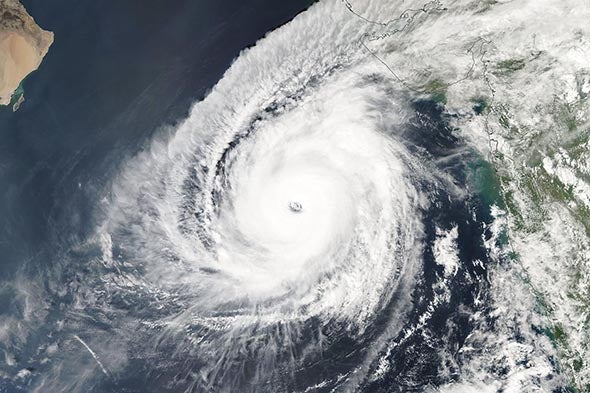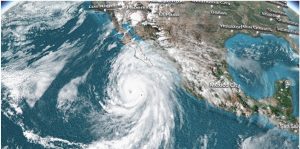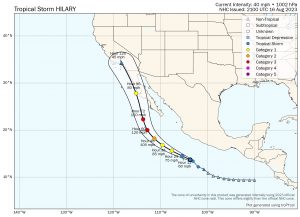Cyclone Amphan hit the coasts of West Bengal on May 2022. It was the first super cyclonic storm in the Bay of Bengal since the super cyclone in 1999 that claimed over 9,000 lives in Odisha.
What is a cyclone?
A cyclone is a rotating storm system with a low-pressure center, characterized by strong winds, heavy rainfall and spiral arrangements of thunderstorms. A tropical cyclone or ‘severe’ cyclonic is the kind of storm when developed in Indian or South Pacific Ocean. The same converts into a hurricane when developed in the Atlantic Ocean and northeastern Pacific Ocean. When this storm develops in the north-western Pacific Ocean, it is termed as a typhoon.
How are cyclones categorised?
Cyclones are categorised into various parts depending on the wind speed. The lowest classification of a tropical cyclone is Depression, with the wind speeds between 20-31 mph (31-49 km/h).
Following are the further categories of a tropical cyclone:
Deep Depression: If the cyclone has the wind speed between 32-38 mph (50-61 km/h), the depression further converts into deep depression.
Cyclonic storm: If the wind speed of deep depression increases to 39–54 mph (62–88 km/h), it becomes a cyclonic storm and a name is given to it by the Indian Meteorological Department (IMD).
Severe Cyclonic Storm: Cyclonic storms with wind speeds of between 55–72 mph (89–117 km/h) are Severe Cyclonic Storm.
Very Severe Cyclonic Storm: Storms with hurricane-force winds of 73–102 mph (118–166 km/h) are Very Severe Cyclonic Storms.
Extremely Severe Cyclonic Storm: The storms which have hurricane-force of 166–221 km/h (104–137 mph).
Super Cyclonic Storm: Storms with the wind-speed of 138 mph (222 km/h) are categorised as Super Cyclonic Storm. This is the highest classification of a tropical storm used in the North Indian Ocean.







